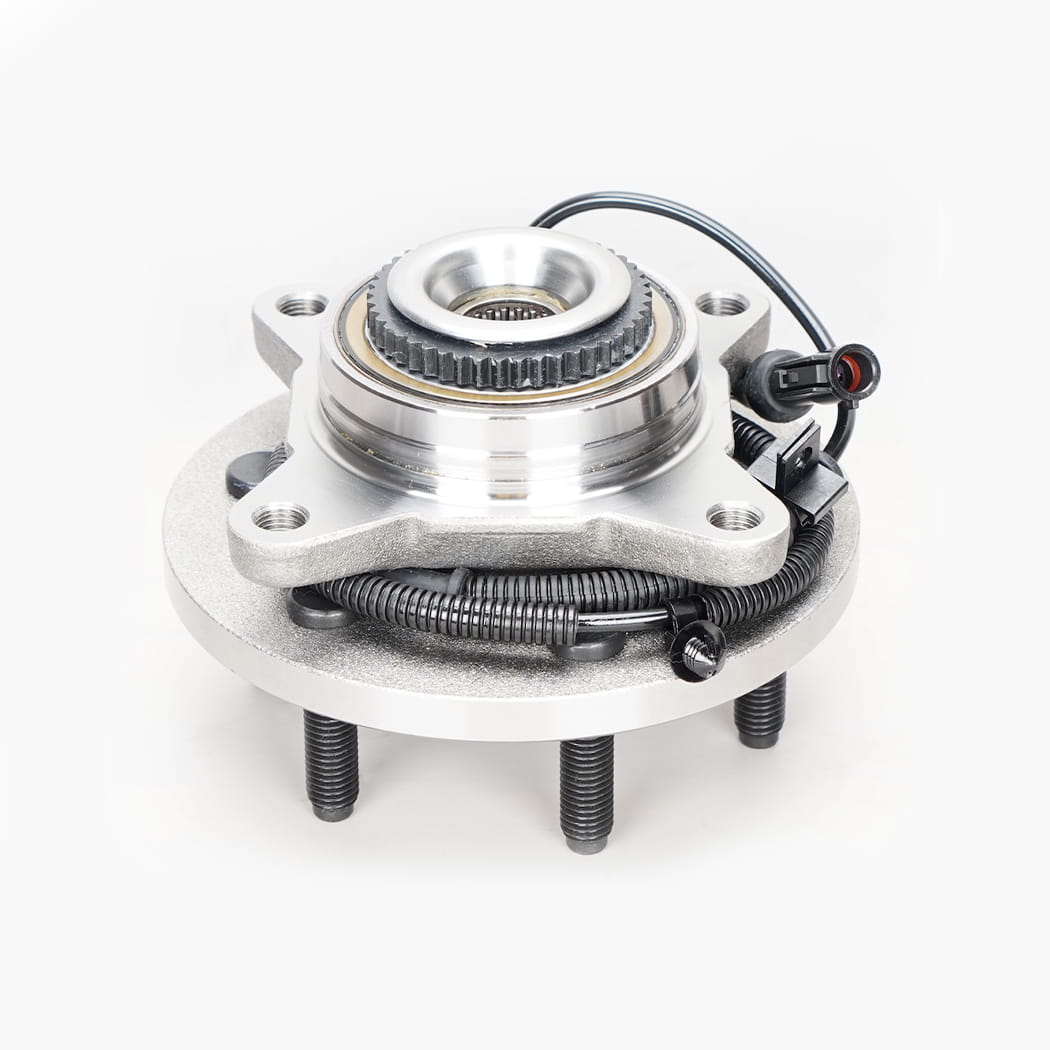When we think about vehicle safety and handling, our minds often go straight to tires, brakes, and suspension systems. However, lurking beneath the surface is a crucial component that plays a pivotal role in how our cars respond on the road: the wheel hub spindle. These unassuming metal structures do more than just hold the wheels in place; they are integral to the vehicle's performance, stability, and safety.
The Anatomy of a Wheel Hub Spindle
To appreciate the significance of wheel hub spindles, we first need to understand what they are. A spindle connects the wheel hub to the suspension system, allowing for the rotation of the wheel while ensuring proper alignment and support. Made from high-strength materials such as forged steel or aluminum, the design of the spindle can vary significantly based on the vehicle's intended use, weight distribution, and driving conditions.
One key aspect of spindle design is the geometry. Spindles are designed to accommodate the camber and caster angles, which directly influence tire contact with the road. A well-designed spindle enhances cornering stability, allowing for better grip and control. Conversely, poor spindle design can lead to uneven tire wear and compromised handling, effectively turning a smooth ride into a nail-biting experience.

Impact on Vehicle Handling
The relationship between wheel hub spindles and vehicle handling is akin to that between a conductor and an orchestra. Just as a conductor ensures that musicians play in harmony, a well-engineered spindle ensures that all components of a vehicle work together seamlessly. For performance vehicles, spindle design can be the difference between a thrilling ride and a catastrophic failure.
For example, in high-performance racing cars, spindles are often designed with reduced weight and increased strength. This results in lower unsprung weight, enhancing suspension response and overall handling. In contrast, heavier vehicles like SUVs require sturdier spindles to handle the additional weight, which can complicate handling dynamics. The balance achieved through effective spindle design allows drivers to experience improved steering feel, stability during emergency maneuvers, and reduced body roll during cornering.
Safety Considerations and Innovations
While performance is crucial, safety is paramount. The design of wheel hub spindles directly affects how a vehicle behaves during critical situations, such as hard braking or evasive maneuvers. A spindle that fails or bends under pressure can cause a loss of control, leading to accidents.
Innovations in spindle technology have introduced features that enhance safety. For instance, integrated sensors that monitor spindle stress levels can alert drivers to potential issues before they escalate. Additionally, advancements in materials science have enabled the creation of spindles that are not only lighter but also more resilient to wear and tear. Manufacturers are increasingly adopting computer-aided design (CAD) techniques to simulate real-world stresses on spindles, ensuring that every curve and joint is optimized for maximum safety.
In the grand tapestry of vehicle design, wheel hub spindles may not be the most glamorous components, but their influence on handling and safety is undeniable. From the geometry that dictates how tires meet the road to the materials that ensure resilience under pressure, every aspect of spindle design matters. As technology continues to evolve, we can expect even smarter and safer designs that will enhance our driving experiences. So, the next time you hit the road, take a moment to appreciate the unsung heroes of your vehicle's performance – the wheel hub spindles. They may be hidden from view, but their impact is felt with every turn of the wheel.